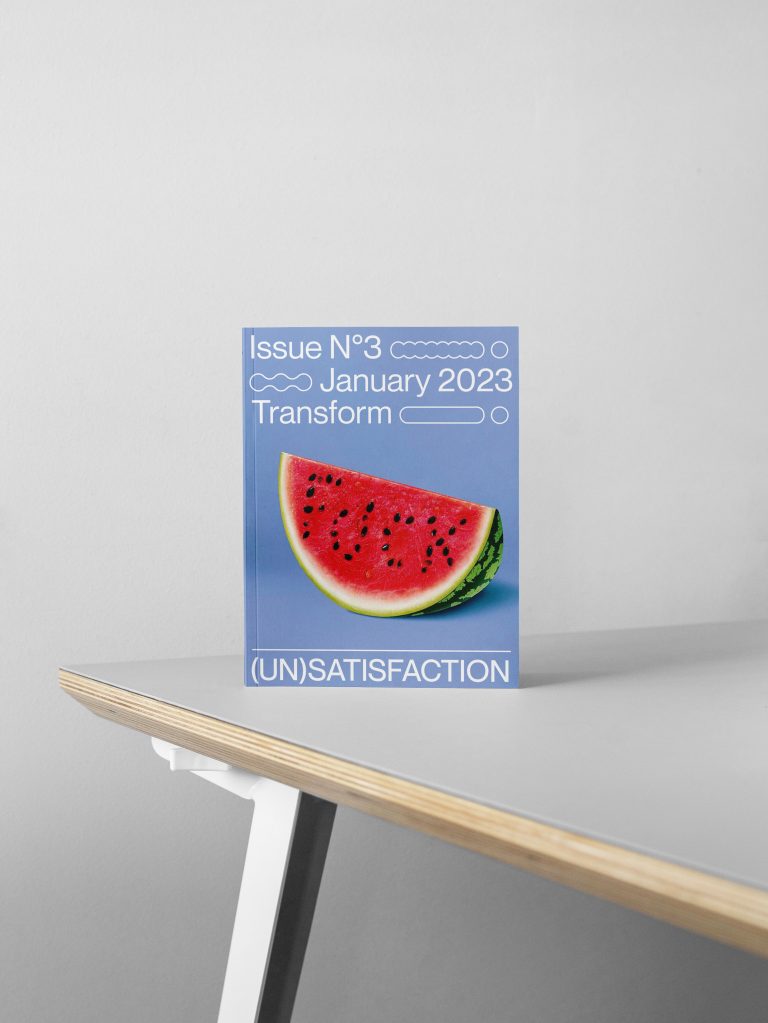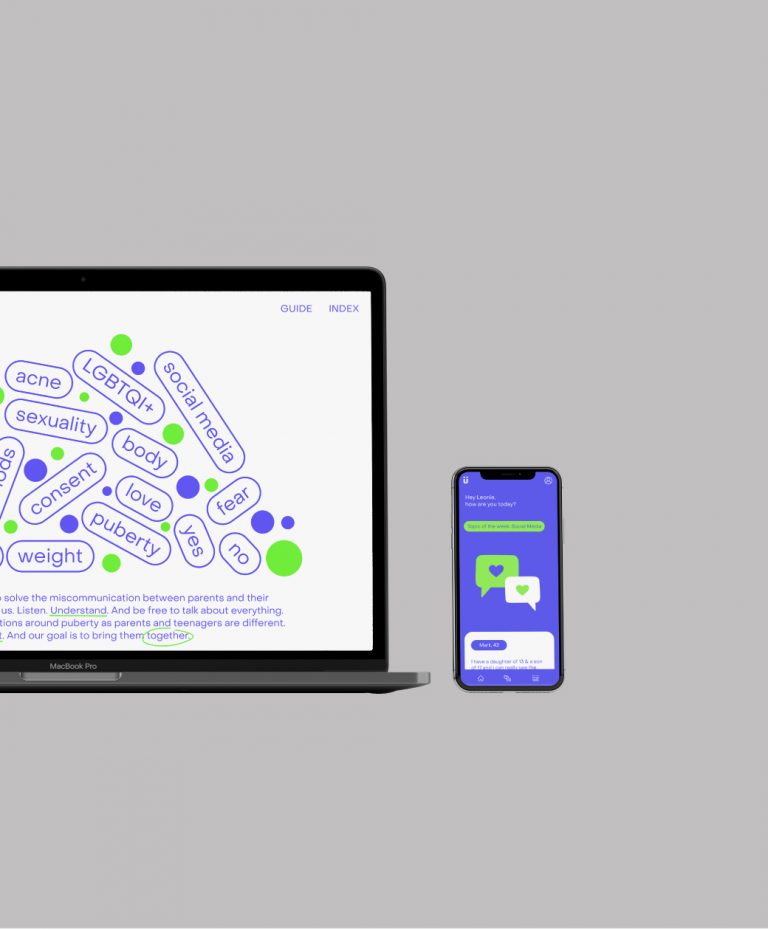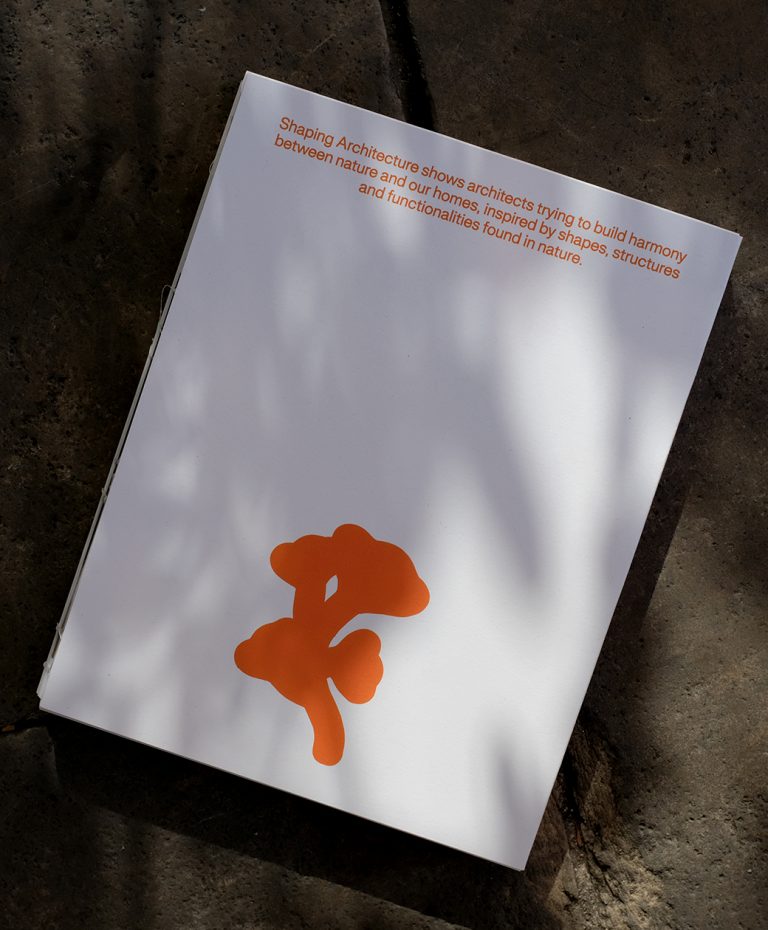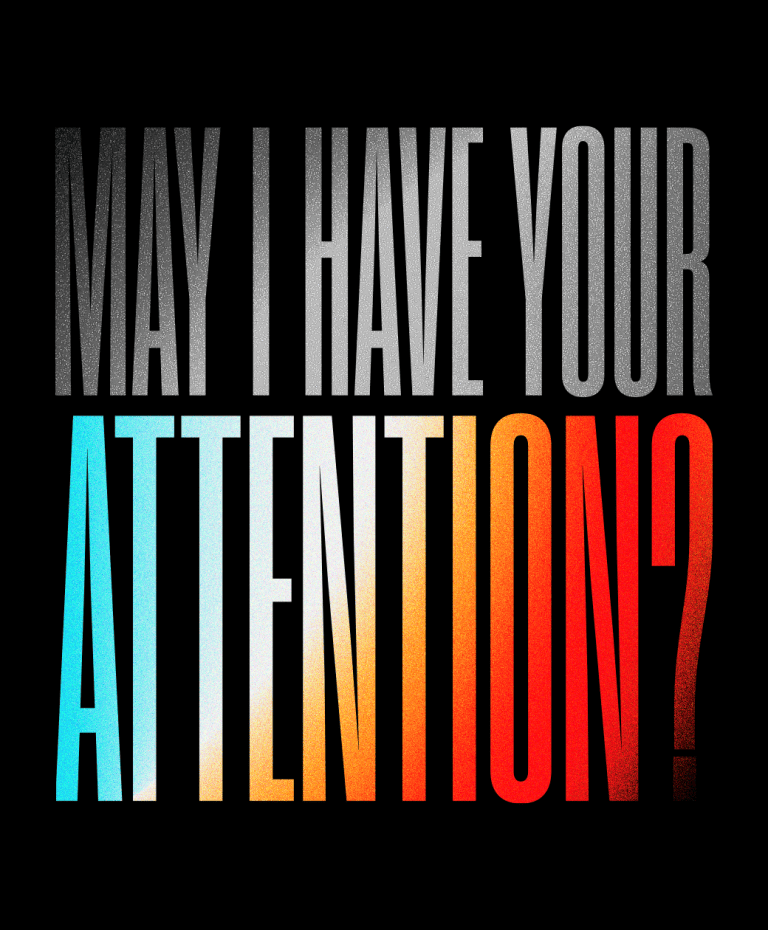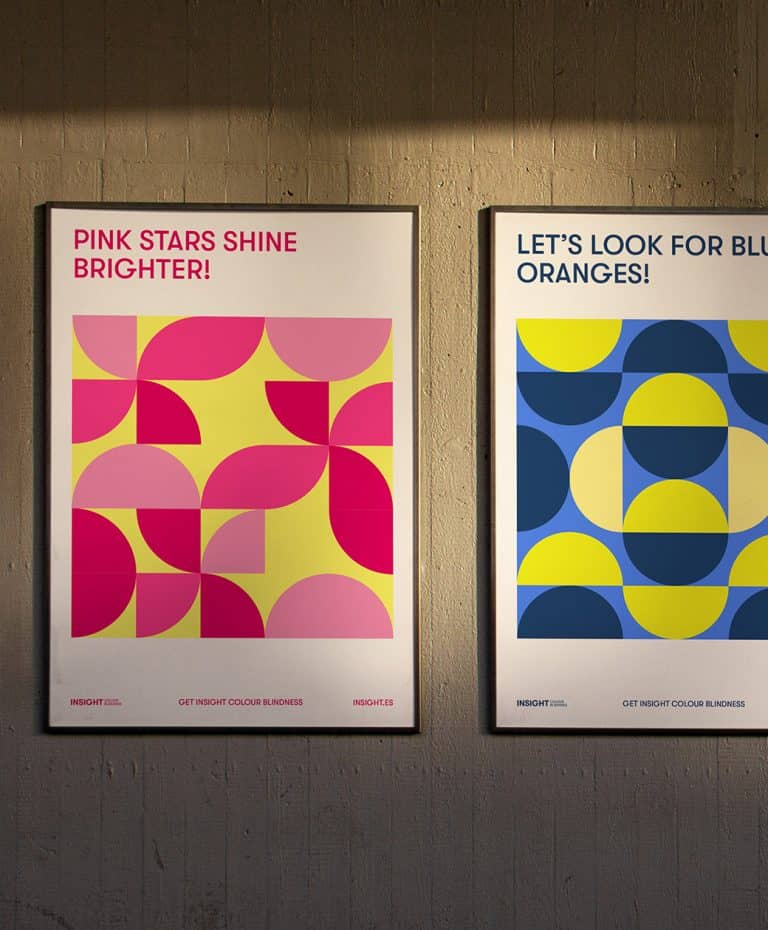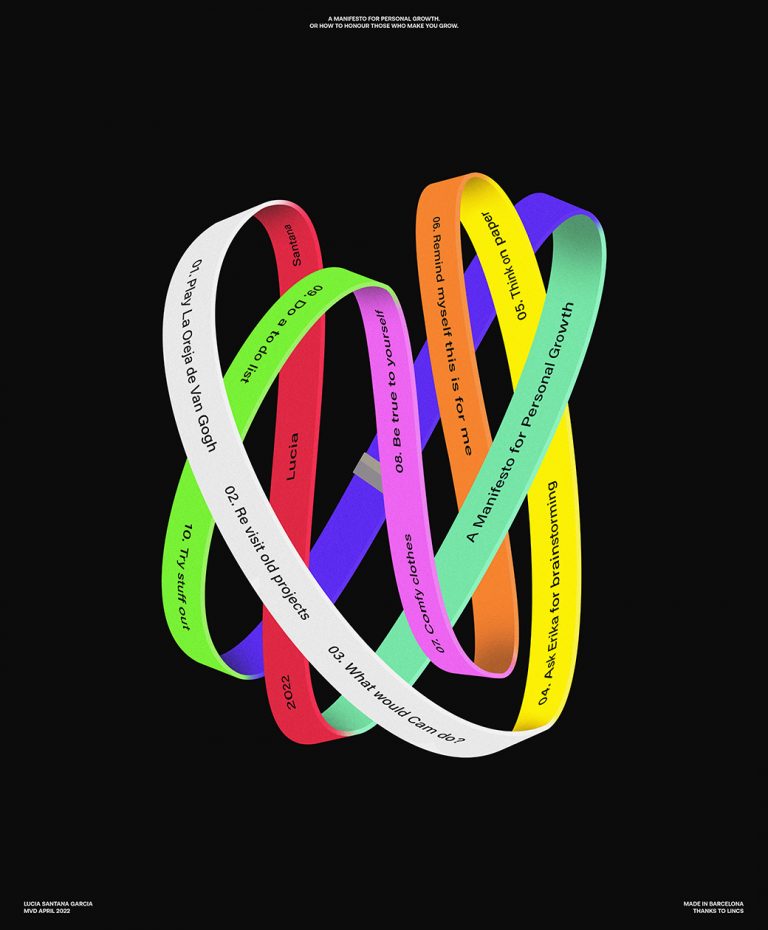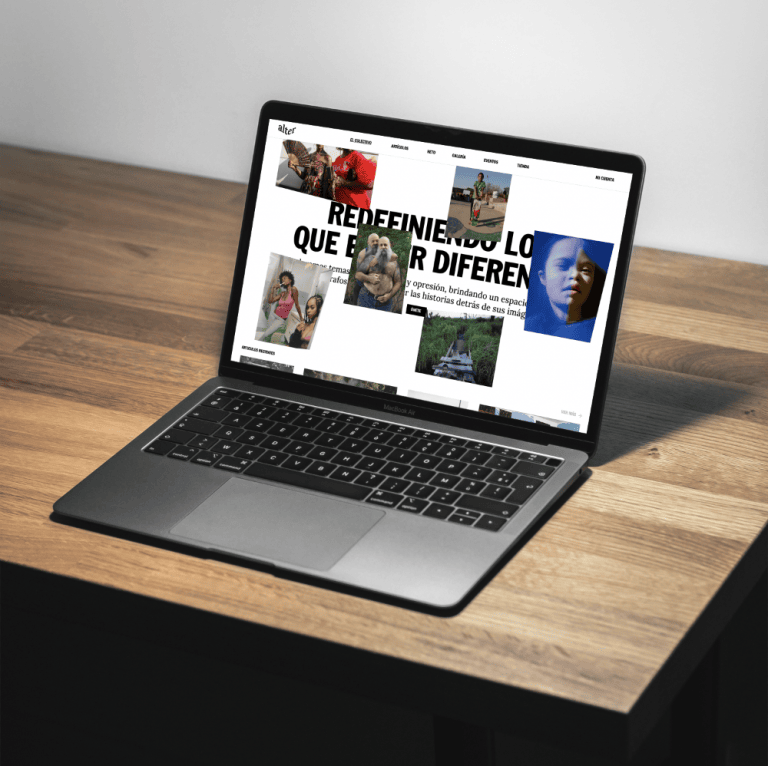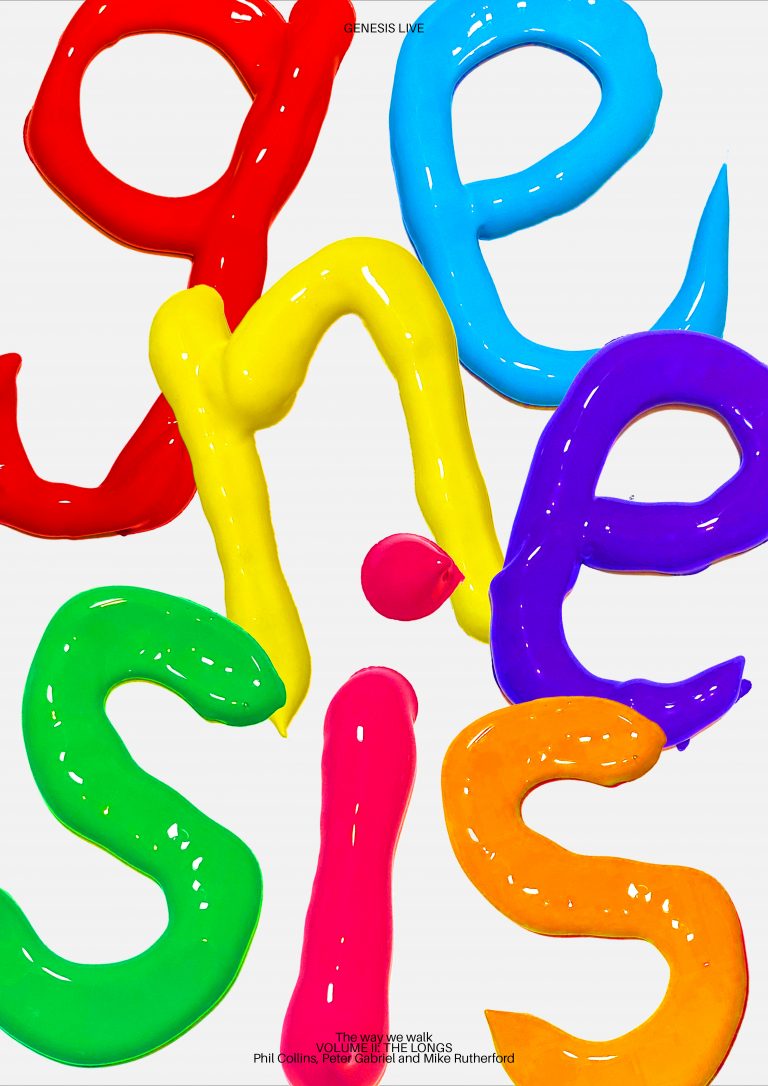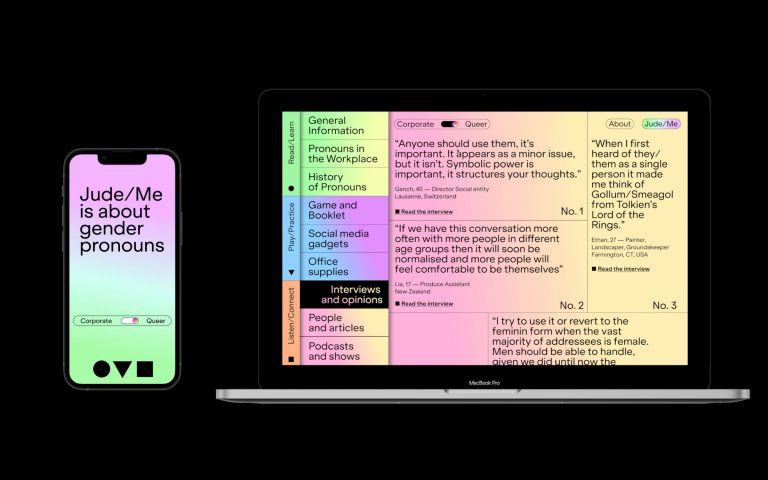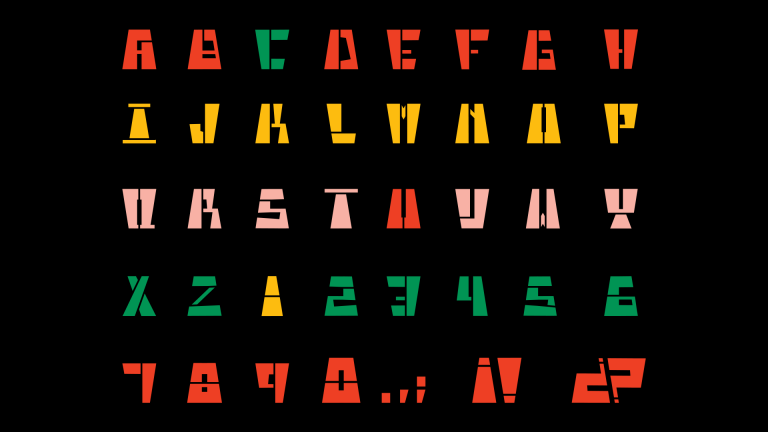May I Have Your Attention?


A data exhibition on the loss of attention

Smartphones enable constant access to information, entertainment and connection with one another. Their ease of access to a wealth of information, and instant connectivity to the world has made it a most indispensable tool. Despite these devices’ immense potential and positive impact, we struggle with the consequences of being dependent on them.
They grant accessibility to endless amounts of information, while we in return pay for, with our attention. These devices have integrated their existence into our everyday lives and created needs rooted deep within the human psyche that leave us unwillingly distracted. While using carefully designed and elaborate stimuli, these devices trigger our senses, affecting us both mentally and emotionally.

Reflections
90% of the information transmitted to the brain is visual, making the majority of content uploaded online images and videos. As a result, 3.2 billion images are uploaded online everyday.
As the digital world has enabled binging on a previously unseen scale, it has led to the overconsumption of content. While making it easily accessible at any given time of the day, creating a fear of missing out in 56% of social media users. This constant distraction and striving to access everything has led us to become easily distracted and anxious.
This anxiety, paired with a wide array of information and overconsumption makes it impossible for us to absorb or retain any of the information we’re constantly being exposed to.
This piece aims to bring your sense of sight into full awareness, as well as to show how your brain processes visual cues. Serving as a reflection of the content being retained.

Textures
As the human brain has become dependent on the release of dopamine caused by the interactions with our smartphones, we find ourselves in a constant state of anticipation for a new notification. This anticipation causes our mind to create the illusion –or hallucination– of a notification.
This phenomenon is called Phantom Vibration Syndrome. And it is experienced by 4 out of 5 smartphone owners. Causing us to no longer be fully present in our setting, but present with our smartphones.
The aim of this piece is to visualize this phenomenon which is created solely in the brain, as well as to show how often it is experienced, and by how many.

Echoes
The stimulus of a notification and what drives our attention to it comes from one of two contrasting emotions: desire or fear.
A fundamental part of the human brain’s motivational system is the desire for pleasure. The rush of a new notification, and the quick chemical reward makes our body pursue that pleasure impulsively. The other motivator, fear, triggers a different physical and emotional response. A momentarily urgent response, and residual latent anxiety.
A notification is a harbinger of stimulation, promising either pleasure or fear- in the case of social media or work.
The average phone user sends or receives 50 messages per day. This piece explores the “Pavlovian” effects notifications have on the human brain, through a feedback loop enabling us to be more aware of our mind and body’s reaction to the stimulus of a notification.



















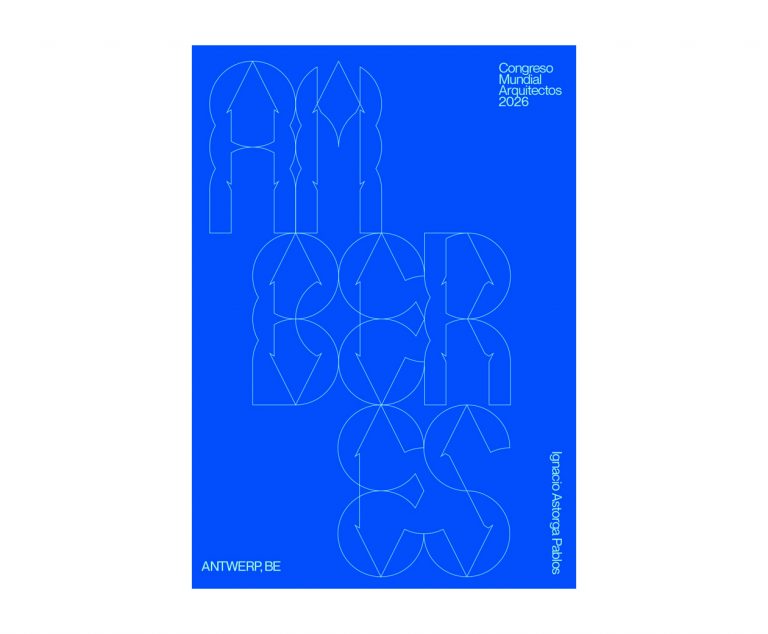
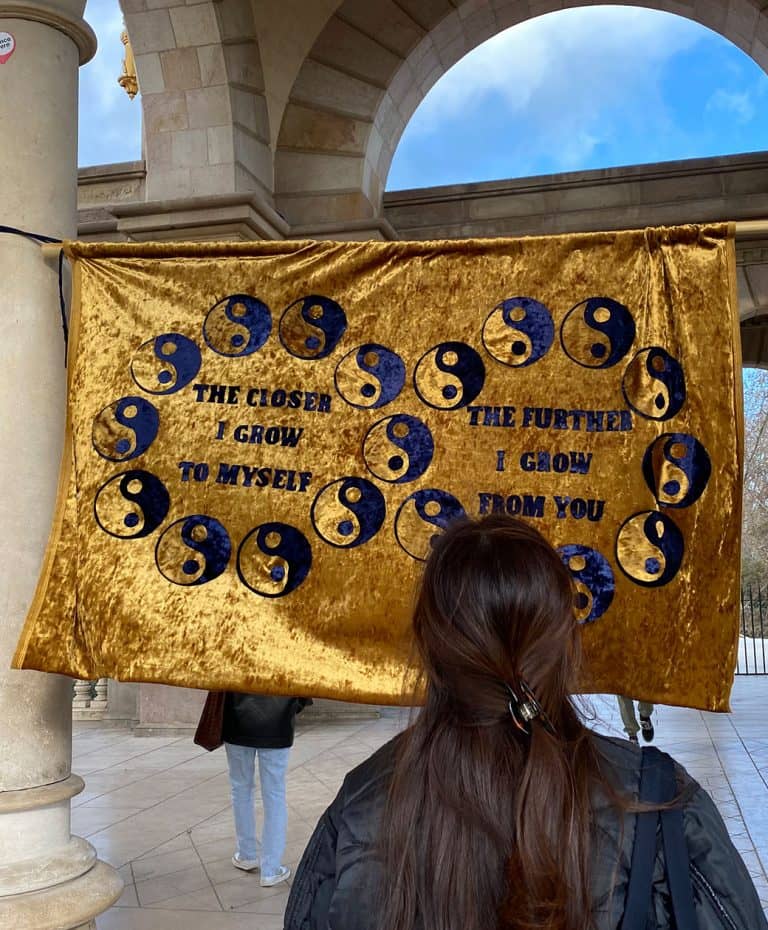
![[hub]itat | Graphic Elisava degree show 2022](https://2022.elisava.show/wp-content/uploads/2022/07/portada2-768x634.jpg?x40973)

